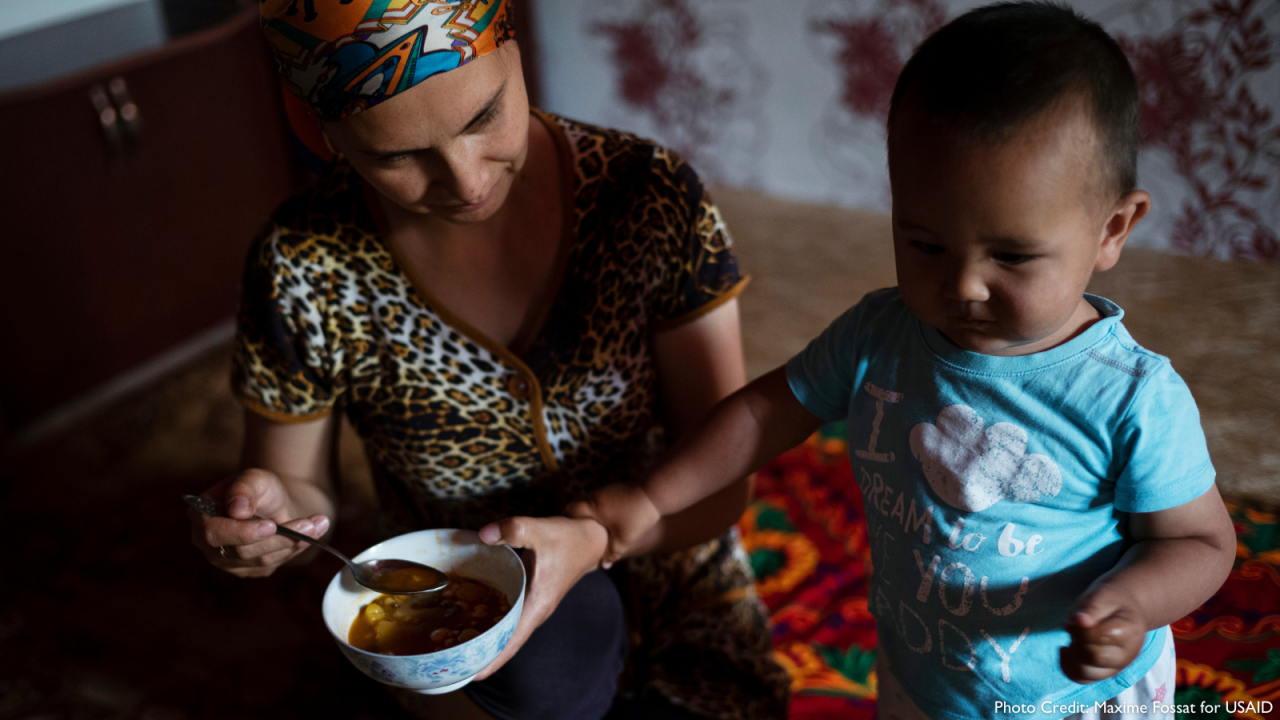
Children aged 6-23 months are most susceptible to malnutrition. Optimal complementary feeding is critical during this time to promote growth and cognitive development. At this age, children require breastmilk and safe and diverse foods to meet these nutritional needs. Even in stable contexts, this is a complex problem that requires multi-sectoral solutions—young children’s diets are determined by the foods, services, and care they receive. But in emergency contexts, ensuring caregivers can carry out a wide range of recommended complementary feeding practices can be particularly challenging. Adequately prioritizing and funding complementary feeding programming in emergency contexts is critical because it can contribute to reducing wasting in children.
In 2020, the Emergency Nutrition Network published a review of complementary feeding in emergencies (CFE) programming to identify barriers to and enablers for implementing the Operational Guidance on Infant Feeding in Emergencies. While experiences varied across agencies, the review identified a number of factors affecting CFE programming and recommendations. A key barrier to implementing complementary feeding programming in emergencies (CFE) is a lack of awareness of effective, efficient, and adaptable interventions and tools. To address this barrier, USAID Advancing Nutrition partnered with UNICEF, and the Infant Feeding in Emergencies Core Group to complete a complementary feeding tool gap analysis of existing tools to support CFE programming and assess where additional tools and materials are needed and create a curated complementary feeding tool repository. To understand current CFE programming in emergency contexts, we completed case studies in Yemen and Myanmar. Overall, we found that donors are not adequately prioritizing or funding complementary feeding in emergencies. To support implementing partners to prioritize complementary feeding programming in emergencies, USAID Advancing Nutrition in collaboration with partners developed a decision tool to identify opportunities for humanitarian implementing partners to consider when to integrate complementary feeding interventions throughout the various stages of the humanitarian program cycle.